Blog
Corporatization of Prisons and Immigration Detention
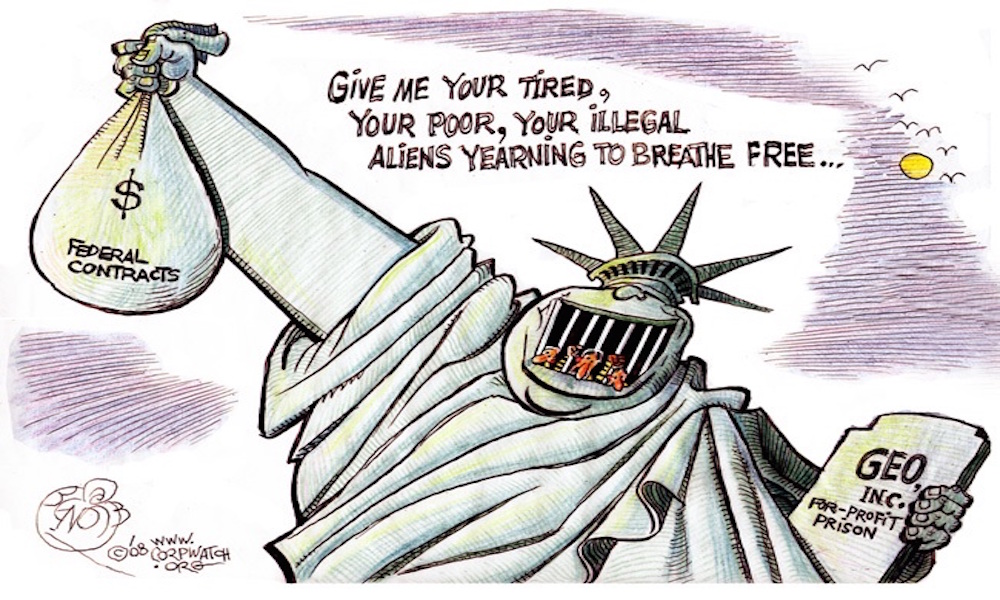
The federal prison population has spiked over 790 percent since 1980. Hundreds of jails have been constructed nation wide. With the conservative war on drugs and crime, the prison industry became a new opportunity for corporations to profit from the states. Since the early1990s corporate actors became entrenched in elections and the political process, seeking to facilitate the construction of prisons and detention facilities by developing connections and asserting influence over politicians and other policy officials.
The GEO Group and the Corrections Corporation of America (CCA) are the two largest private prison companies in the U.S. Since 2000, they have given over $835,000 combined to candidates in U.S. House and Senate races. At...
Ruth Asawa: Individuality in a Mass
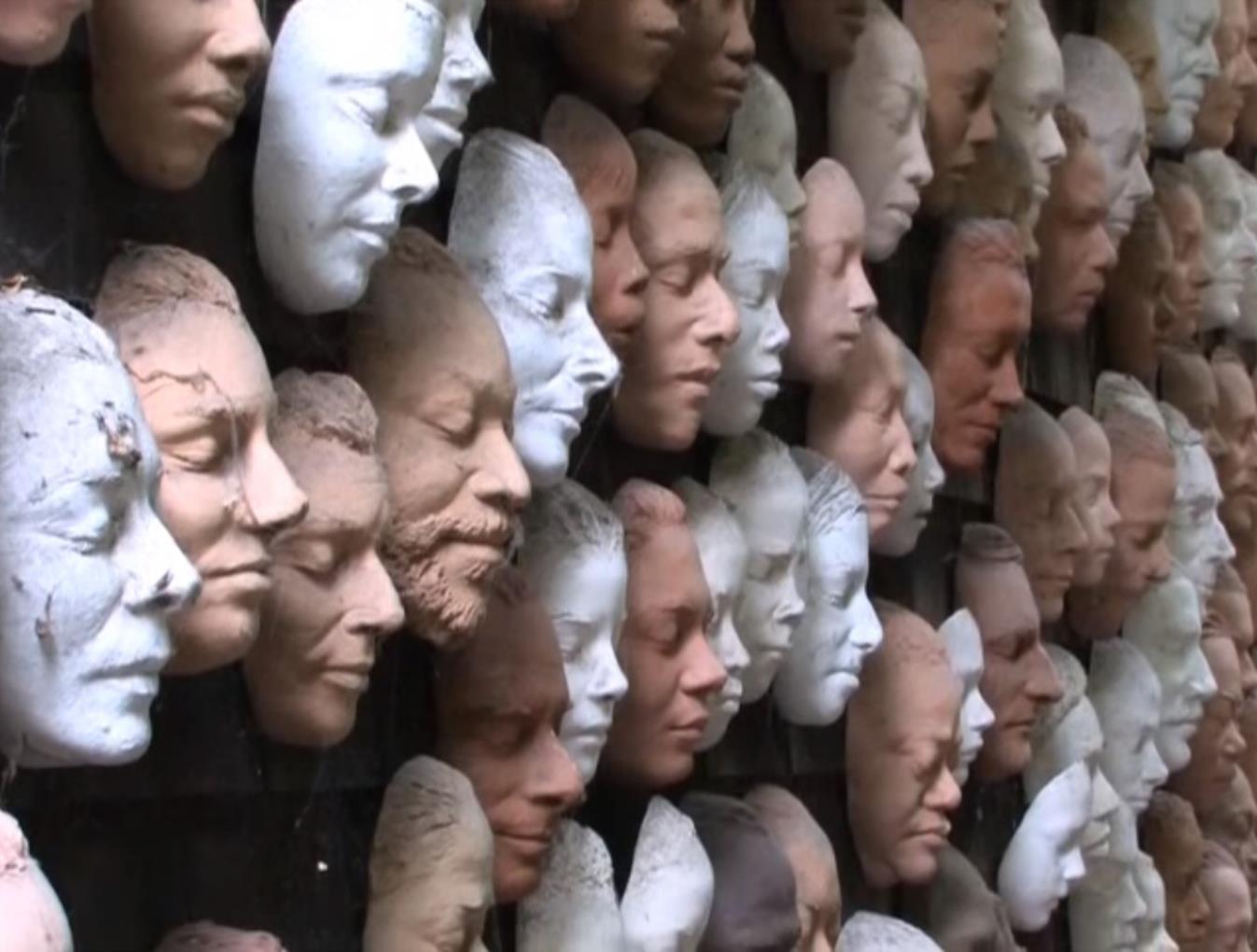
Ruth Asawa, a Japanese American artist, was born in 1926 and lived her whole life in Southern California until 1942 when she and her family were forced into an Arkansas internment camp for 18 months. Describing internment, Asawa notes, “I would not be who I am today had it not been for the Internment, and I like who I am." Asawa is well known for her sculptures. One piece, “Faces on a Wall”, has involved collecting plaster masks made from the faces of her friends and family for 45 years. Internment camps and prisons represent a system that seeks to dehumanize and amass individuals into a group—In Asawa’s case, internment sought to label all Japanese Americans as threats...
The “Unpatriotic” Muslim Facing the Patriot Act
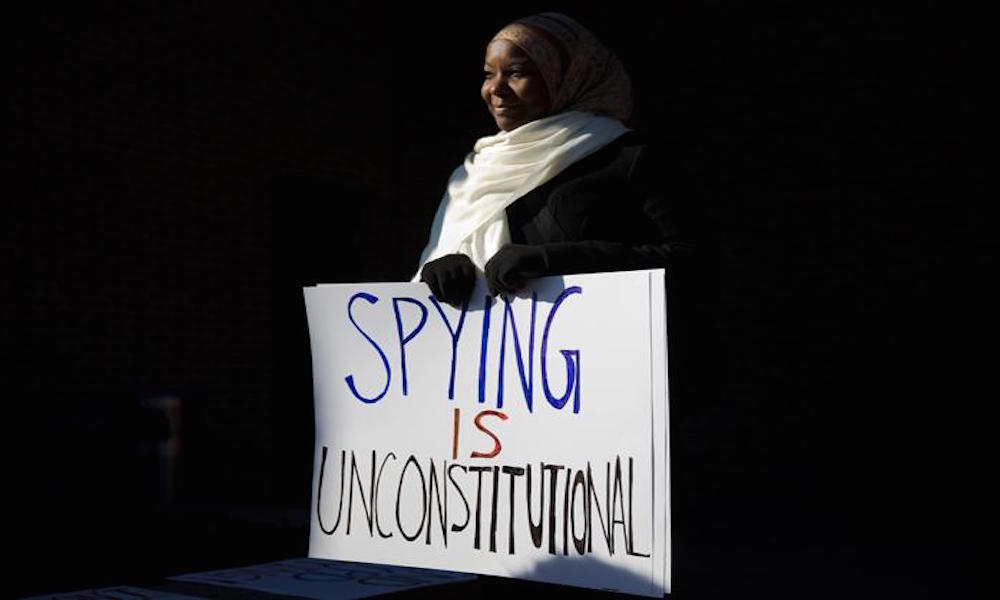
In 2003, the FBI wrongfully arrested US citizen Abdullah Kidd at Dulles international airport in Washington, DC. Over the course of his detention he was subject to strip-searches, denied access to a lawyer, and shackled without ever being charged with an actual crime. Kidd was among the thousands of Muslim, South Asian, and Arab men – citizens and non-citizens alike – who found themselves detained, deported, and scrutinized in the wake of 9/11. Abdullah Kidd is known as a “material witness”, meaning he allegedly had information pertinent to an FBI investigation on his acquaintance Sami Omar Al-Hussayen, a Saudi PhD student charged with supporting terrorism. Shortly after 9/11, the Patriot Act was passed and enacted. Although it did not create...
Incarceration & Performances of Power: Narratives from Ancient Greece, the Roman Empire, and the Antebellum South
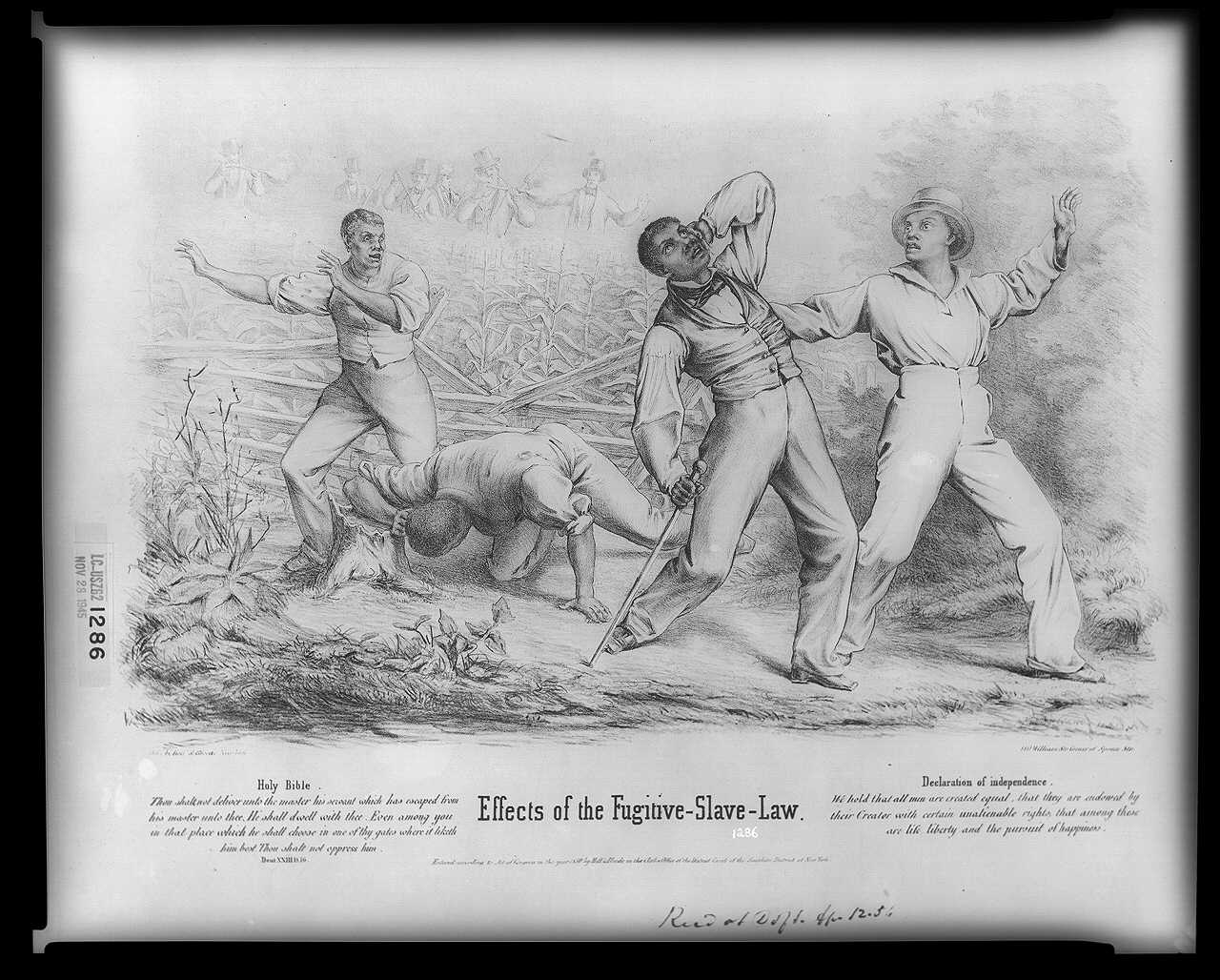
INCARCERATION AND PERFORMANCES OF POWER: Narratives from Ancient Greece, the Roman Empire, and the Antebellum South
Incarceration is inextricably linked to the power of the state, and is arguably the manifestation of the greatest power the state has over a citizen: the power to deprive him of liberty. As Morris and Rothman write, “Prison embodies the largest power the state exercises over its citizens in time of peace.”1 Captivity played a key role in Ancient Greece, Ancient Rome, and the Antebellum South — three societies that differ greatly from each other in terms of their fundamental structures, central beliefs, and primarypolitical concerns. And yet, despite their differences, captivity has consistently been employed as an instrument for the maintenance and...
Far, Far Away
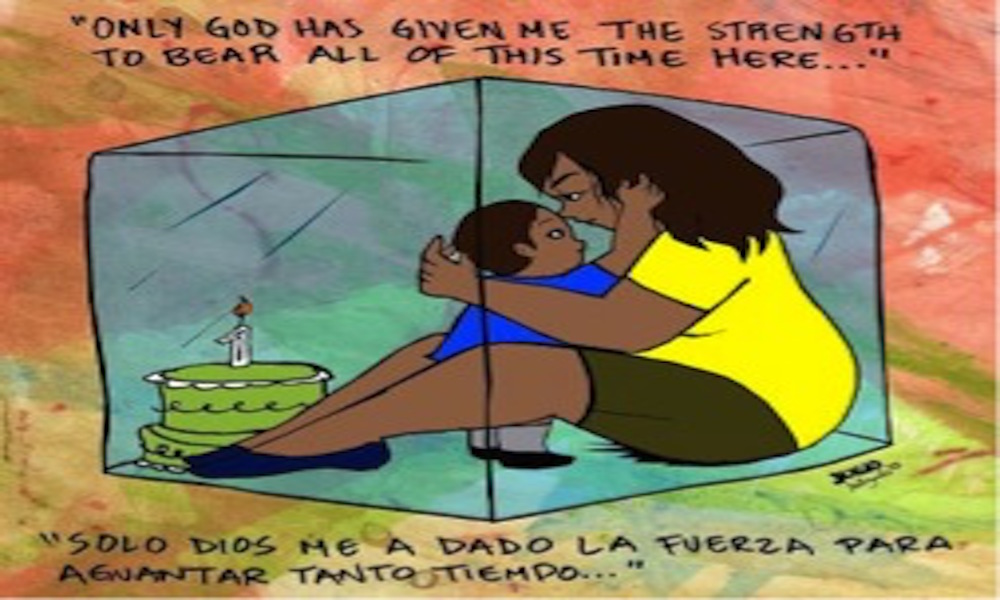
The popular image of immigrant detention is still that of a young, male criminal. However, mothers continue to be a growing population in detention. Detention separates mothers from their children, causing emotional pain to the women separated from the center of their lives. Mothers in detention continue to express their love for their children in various forms, such as art, to keep the love for their children as a beacon of hope in their time in detention. On the outside of the gates of these detention centers, life for the children remains difficult as well. Without a guardian to watch over them these children remain subject to being placed in foster care in one year. According to the Applied Research...
Middle Eastern Asylum Seekers in Arizona
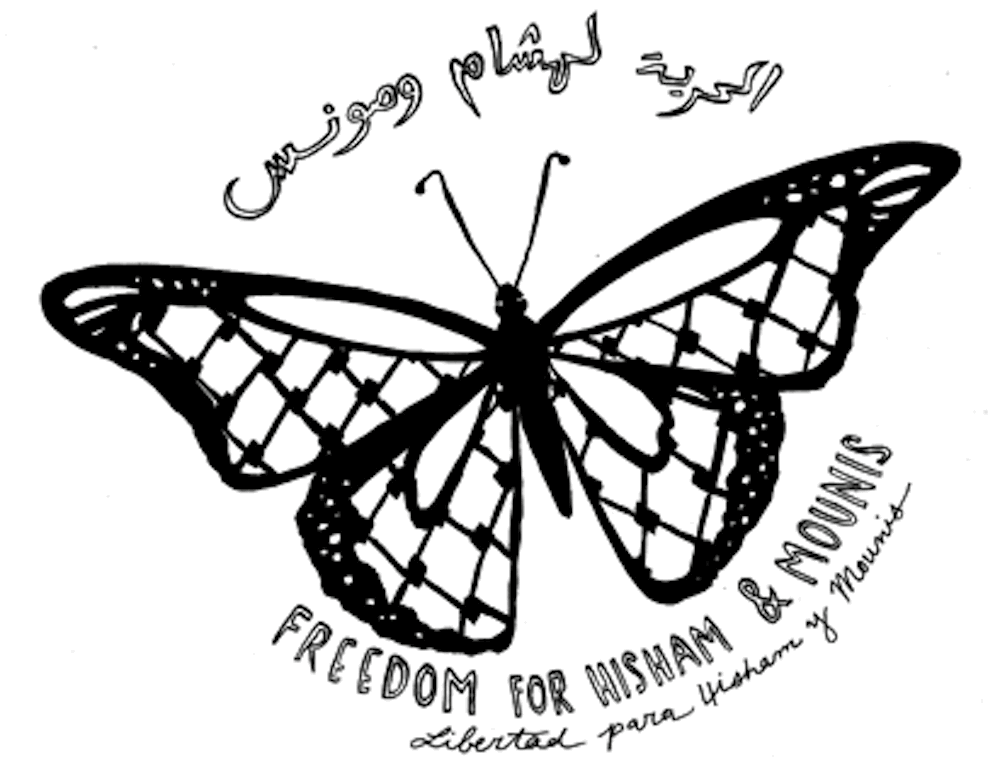
Asylum seekers do not just come from Central and South America, but also from the Middle East. The Mexican immigration authorities say that “Middle Eastern and African Immigrants moving through Mexico have increased nearly 400% from 306 in 2011 to 1,152 as of Jun 2015.”(1) Hisham Shaban Ghalia and Mounis Hammouda are Palestinian asylum seekers from Gaza that fled in 2010 and 2011. They traveled through a total of eight countries in the Middle East, Europe, and South and Central America before arriving at the US-Mexico border in November 2014 requesting humanitarian asylum. They were then detained in Florence Detention Center. (2) Hisham’s asylum claim was denied, and an order of removal has been issued. He cannot be sent back...
- ‹ previous
- 5 of 5